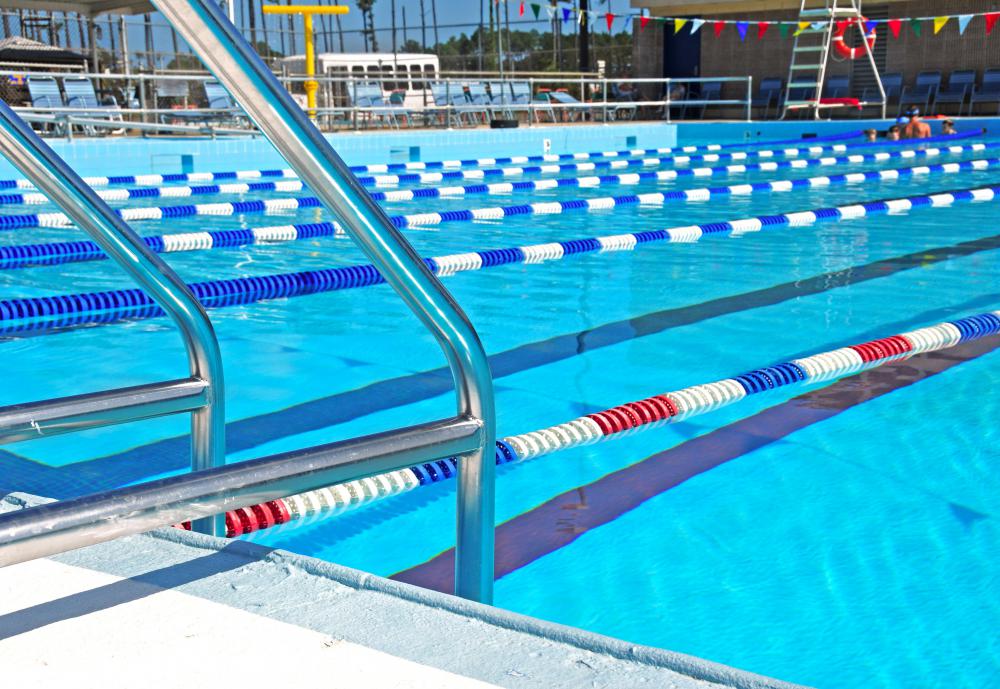At WiseGEEK, we're committed to delivering accurate, trustworthy information. Our expert-authored content is rigorously fact-checked and sourced from credible authorities. Discover how we uphold the highest standards in providing you with reliable knowledge.
What is Chloracne?
Chloracne is a rare skin condition caused by over-exposure to certain toxic chemicals. First reported in German industrial workers in 1897, the condition was originally believed to be caused by exposure to chlorine. However, in the mid-1950s, chloracne was linked with exposure to aromatic hydrocarbons known collectively as chloracnogens.
Chloracne is most commonly associated with exposure to dioxins, or byproducts from certain chemical processes such as the manufacture of herbicides. While the condition is usually caused by direct skin exposure, it can also result from inhaling or swallowing chloracnogenic agents. Because chloracnogens are fat-soluble, they may be stored in the body fat for long periods after initial exposure.

The first signs of chloracne generally appear within three to four weeks of exposure. However, since the chemicals are stored in the body fat, it may take a few months for the signs to appear. In the event of massive exposure, chloracne can develop within days.
In its early stages, chloracne may begin with an excessive oiliness of the skin. This oiliness is followed by the development of numerous open and closed comedones, commonly known as whiteheads and blackheads, as well as inflamed cysts. Lesions generally appear on the face, behind the ears, and in the armpit and groin region. In extreme cases, the patient may develop legions on the arms, legs, hands, and feet as well.

Patients exhibiting signs of chloracne may experience other skin conditions, such as sweaty palms and soles, as well as pigmentation, increased hair growth, and blisters on exposed skin. Skin may also become thicker and begin to peel. Other symptoms of dioxin exposure include sleep disturbance, nerve conditions, and abnormal liver function.
Once chloracne has been identified in a patient, the immediate course of action is to remove the individual from the source of exposure. Following this, treatment for chloracne is symptomatic. Severe cysts and pustules may be cauterized. Common acne medications or oral antibiotics may also be effective in treating chloracne.

With or without treatment, most chloracne legions clear up within two years after exposure to the responsible agents has ceased. However, in cases of very prolonged exposure, it may take much longer for the fat cells to rid themselves of the offending chemicals. In general, the course of the disease varies greatly depending on the particular chemicals involved and the severity of exposure.
AS FEATURED ON:
AS FEATURED ON:

















Discuss this Article
Post your comments